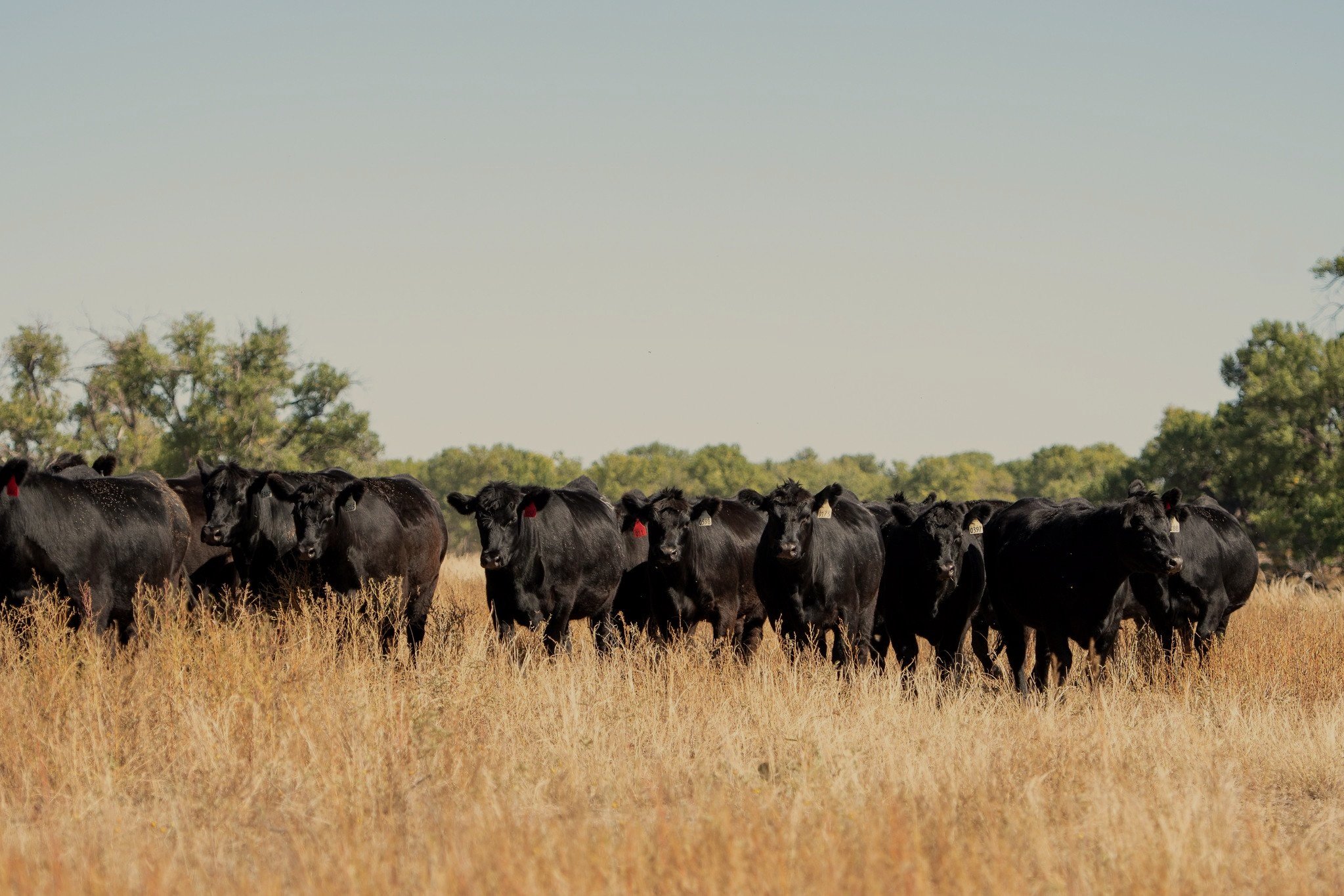Elevate Your Know-how with Bagley Risk Management
Elevate Your Know-how with Bagley Risk Management
Blog Article
Understanding Livestock Threat Defense (LRP) Insurance Policy: A Comprehensive Guide
Navigating the realm of animals risk protection (LRP) insurance can be a complex endeavor for numerous in the farming field. From just how LRP insurance works to the numerous coverage options available, there is much to uncover in this extensive guide that could potentially shape the way livestock producers approach threat management in their businesses.

How LRP Insurance Policy Works
Occasionally, understanding the mechanics of Livestock Danger Security (LRP) insurance coverage can be complicated, yet damaging down just how it functions can give clarity for breeders and farmers. LRP insurance coverage is a danger administration tool developed to secure livestock producers against unexpected price decreases. It's crucial to keep in mind that LRP insurance policy is not a revenue warranty; rather, it concentrates solely on cost danger security.
Eligibility and Coverage Options

When it involves insurance coverage choices, LRP insurance offers producers the adaptability to select the insurance coverage degree, insurance coverage duration, and recommendations that best match their risk monitoring requirements. Insurance coverage levels generally range from 70% to 100% of the expected ending worth of the insured animals. Producers can likewise select insurance coverage periods that align with their manufacturing cycle, whether they are guaranteeing feeder livestock, fed livestock, swine, or lamb. Endorsements such as cost risk defense can additionally personalize coverage to shield against damaging market changes. By comprehending the eligibility standards and coverage choices available, animals producers can make informed choices to take care of danger effectively.
Pros and Cons of LRP Insurance Coverage
When assessing Livestock Risk Security (LRP) insurance coverage, it is vital for livestock producers to consider the drawbacks and benefits integral in this risk management device.

One of the key benefits of LRP insurance coverage is its capacity to give defense against a decline in livestock costs. Furthermore, LRP insurance policy offers a level of flexibility, permitting producers to personalize insurance coverage degrees and plan durations to suit their particular needs.
Nevertheless, there are likewise some disadvantages to consider. One limitation of LRP insurance is that it does not protect versus all sorts of dangers, such as disease outbreaks or all-natural catastrophes. In addition, costs can often be pricey, particularly for producers with huge animals herds. It is essential for producers to carefully assess their individual risk direct exposure and monetary situation to determine if LRP insurance policy is the ideal threat monitoring tool for their procedure.
Understanding LRP Insurance Policy Premiums

Tips for Maximizing LRP Conveniences
Making the most of the advantages of Animals Danger Security (LRP) insurance see it here requires critical planning and aggressive risk administration - Bagley Risk Management. To maximize your LRP coverage, consider the adhering to ideas:
On A Regular Basis Assess Market Problems: Keep informed regarding market patterns and cost variations in the livestock market. By monitoring these elements, you can make educated choices about when to purchase LRP protection to shield against possible losses.
Set Realistic Coverage Degrees: When selecting coverage levels, consider your manufacturing expenses, market price of livestock, and possible dangers - Bagley Risk Management. Setting reasonable protection levels ensures that you are sufficiently safeguarded without overpaying for unneeded insurance policy
Expand Your Insurance Coverage: Rather than depending solely on LRP insurance, take into consideration diversifying your danger administration strategies. Integrating LRP with various other danger management devices such as futures contracts or options can provide comprehensive insurance coverage versus market uncertainties.
Testimonial and Change Coverage Frequently: As market conditions transform, occasionally assess your LRP insurance coverage to ensure it aligns with your current threat direct exposure. Adjusting insurance coverage levels and timing of purchases can assist enhance your danger protection method. By complying with these suggestions, you can make best use of the benefits of LRP insurance and guard your livestock procedure against unanticipated risks.
Final Thought
In conclusion, animals risk defense (LRP) insurance is a beneficial tool for farmers to take care of the monetary risks connected with their livestock procedures. By comprehending how LRP functions, qualification and protection choices, as well as the benefits and drawbacks of this insurance policy, farmers can make educated decisions to shield their incomes. By meticulously considering LRP premiums and carrying out approaches to take full advantage of advantages, farmers can mitigate potential losses and guarantee the sustainability of their procedures.
Animals manufacturers interested in getting Animals Risk Security (LRP) insurance coverage can explore an array of eligibility requirements and protection options tailored to their certain animals operations.When it comes to insurance coverage options, LRP insurance coverage provides manufacturers the versatility to select the insurance coverage degree, protection have a peek at these guys period, and endorsements my sources that finest fit their danger administration requirements.To comprehend the ins and outs of Animals Threat Defense (LRP) insurance policy completely, recognizing the variables influencing LRP insurance costs is important. LRP insurance policy costs are identified by various elements, consisting of the protection degree chosen, the anticipated cost of livestock at the end of the protection duration, the kind of animals being insured, and the size of the protection period.Review and Adjust Coverage Routinely: As market conditions change, regularly assess your LRP insurance coverage to ensure it aligns with your current threat exposure.
Report this page